Hip Pain
Hip pain is a common condition that affects many patients with or without back pain ranging from slightly irritating to completely crippling. Whatever the degree of pain you are experiencing at the very least you would probably rather live without it.
Fortunately, you can take measures to prevent or relieve most episodes. If prevention fails, safe and effective treatment along with guidance will allow your hip to heal within a few weeks. In most cases early treatment intervention often leads to the best outcomes. Surgery is often not needed to treat hip pain.
If you suffer from mild to severe hip pain in Collingwood, then seeking treatment earlier than later is always a good move. The information below is meant to help inform you, but we highly recommend that you seek a professional opinion to properly diagnose these issues.
Quick Links
Symptoms
Hip pain can build up slowly from sitting or driving too often or it can come on all of a sudden during running or other activities. The pain can be dull ache experienced when sitting, standing or sleeping then worsen or become sharp with use such as walking or running. The pain can be in the back of the hip, side of the hip, front of the hip and even radiate into the groin or down the leg. It is not uncommon to experience the pain deep in the joint. It can make even the simplest of movements such as sitting, crossing your legs, getting up out of a chair, bending over or even walking excruciatingly difficult.
When to see a doctor
Most hip pain gradually improves within a few weeks. However, not addressing the cause often ends with incomplete healing and repeat episodes that occur with increasing frequency, severity and the time it takes to feel better. Early intervention is the key to a successful outcome so contact a doctor if you have any of the symptoms above or conditions listed below.
In rare cases, hip pain can signal a serious medical problem. Seek immediate care if you have trouble walking, loss of bladder or bowel control, fever and swelling, unexplained weight loss, or have suffered a traumatic fall or blow to your hip.
Causes
Hip pain can be caused by one or several conditions involving an injury to the hip joint or surrounding muscles. It can be isolated to the hip joint or part of a larger condition such as back pain or sciatica where the pain starts in the hip but travels down the leg. The hip is a ball and socket joint that connects the leg to the pelvis. Many muscles, nerves and ligaments cross the joint and all have the potential of becoming painful if injured.
Problems within the hip joint itself tend to result in pain on the inside of your hip or your groin. Hip pain on the outside of your hip, upper thigh or outer buttock is usually caused by problems with muscles, ligaments, tendons and other soft tissues that surround your hip joint. The following explains some of the most common conditions that cause hip pain.
Hip muscle or tendon strain
Sharp and sudden hip pain can result from heavy lifting or sprinting. Strains are injuries to the muscles and tendons and can be extremely painful accompanied by swelling, bruising and spasm. Tendinitis involves the tendon and can also cause a sharp pain, usually on the outside of the hip or inner groin area during or after repetitive activities such as running, cycling or skating. A snapping sensation around the hip with certain movements in a common early symptom reported by many patients.
Holding certain postures such as sitting and driving can overload the hip creating painful points in the muscles. These can be quite uncomfortable and even refer pain down the thigh or into the lower back, but improve when you get up and start moving. Without proper treatment any of these conditions can eventually stop you from performing activity, however they all respond extremely well to treatment.
Joint and ligament sprain
Deep seated hip pain, severe muscle spasms, a recent loss of hip range, and a catching or locking in the hip can all be signs of hip joint injury or sprain. A sudden blow or traumatic over-stretch to the hip can cause a new injury whereas repetitive activities can damage the joint over time via small injuries that accumulate into significant pain. The hip joint which looks like a ball in a socket is cushioned by cartilage between these surfaces while the ligaments hold the bones together and deepen the socket. These injuries often cause pain during movements of the hip even when the muscles are not contracting. The severity of injury affects how these injuries respond to treatment so a prompt and accurate diagnosis is essential to a positive outcome, but they can respond well to treatment.
Hip Arthritis
Morning stiffness and pain is a hallmark sign of arthritis caused by wear and tear over time or a previous injury to the joint. A progressive loss of range of motion is also characteristic of this disease. The cartilage of the joints wear thin while the joints thicken and may develop bone spurs which can create a pinching pain in certain positions. Symptoms are often managed well with treatment, but severe degenerative changes may require surgery so early intervention and prevention is best.
Fractures and dislocations
Sudden and sharp pain in the hip after a traumatic fall or blow can cause the hip bone or pelvis to fracture or the ball to tear out of the socket. These are serious medical conditions that require immediate medical care.
Stress fractures are caused by repetitive overuse such as long distance running. The pain from a stress fracture is often felt in the groin and worsens with activity, however it can mimic other overuse conditions such as tendinitis. Symptoms often resolve gradually over a few weeks, but early diagnosis, activity restriction and intervention is necessary for proper recovery.
Osteoporosis
Weakening of the bones in the hip can lead to sometimes painful fractures that happen suddenly with a fall or seemingly little force in the later decades of life. Prevention starting from young adulthood is key to minimizing bone loss.
Chronic or acute medical conditions
Conditions such as inflammatory arthritis, septic arthritis, hernia, infection or growth plate injuries in children can all be causes of hip pain. These all need to be identified and treated at the cause to reduce pain and avoid long-term health issues. Even when these sources are treated medically the associated symptoms involving pain in the muscles and joints of the hip respond well to co-management.
Risk factors
Anyone can develop hip pain, even children and teens, but these factors put you at greater risk:
- Age. Different conditions affect different age groups. Children are more prone to growth plate injuries while elderly are prone to arthritis.
- Lack of exercise. Weak, unused muscles in your hips.
- Repetitive activities. Overuse of the muscles and joints of the hip can cause many of the causes of hip pain.
- Poor sleeping position. Side sleeping can strain the hip muscle and ligaments.
- Smoking. Smoking decreases blood flow to the joints.
- Occupation. Sitting or driving all day significantly strains the hips as can prolonged standing or walking.
- History of hip injury. History of a traumatic fall or sports injury can lead to early degenerative changes.
Hip Pain Testimonial
"It was on a recommendation from my son that I began to see Adam for treatment. I had been suffering from a lengthy bout of very painful sciatica and was requiring the use of a cane to help with my mobility. Alongside my weekly sessions, my family practitioner prescribed medication in an effort to manage the pain. Adam had also set up an exercise program, amended twice to meet my needs. When I later began the process of decreasing the medication, I knew Adam's treatment had been successful....no pain and no cane!! I will continue with some periodic monitoring and ensure completion of the daily stretches and exercises. I've since recommended Adam to a friend."
Diagnosis
Your doctor will collect information about your hip pain and lifestyle prior to your appointment and then use this to guide an assessment on how certain movements and positions affect your pain. Special orthopaedic tests and palpation help determine what is injured and painful. The doctor uses this information to help rule out more-serious causes.
The diagnosis identifies both where the pain comes from as well as the underlying cause. The best treatment approach is then determined and communicated to the patient along with the required dosage and the expected degree of recovery with and without treatment.
Advance diagnostic tests
Advanced diagnostic testing can provide some further insight. This testing alone however can sometimes be misleading when identifying the origin of the pain as many findings can also be found in individuals with no pain. Waiting for testing to be ordered and performed can delay essential treatment and often does not lead to better outcomes or change the prescribed treatment plan. Some patients become focused on testing and are either let down when it does not lead to an immediate solution or give up and accept pain choosing to do nothing about it when it could in fact respond very well to treatment.
When advanced testing may be necessary
If hip pain is not responding to, or worsens despite, appropriate treatment or your doctor feels there is reason to suspect a more serious cause they may order one or more of the following tests:
- X-ray. These images show the alignment of your bones and whether you have arthritis or broken bones. These images alone won't show problems with your cartilage, muscles, tendons or ligaments.
- MRI or CT scans. These scans generate images that can reveal problems with bones, muscles, tissue, tendons, nerves, ligaments and blood vessels.
- Nerve studies. Electromyography (EMG) measures the electrical impulses produced by the nerves and the responses of your muscles. This test can confirm nerve compression caused by herniated discs or narrowing of your spinal canal (spinal stenosis).
Treatment
Early treatment intervention when symptoms are mild often leads to the best results with the least amount of suffering. The prevention and self care strategies learned during the course of treatment can reduce the occurrence or severity of future episodes and the risk of chronicity and long term disability.
Pre-treatment recommendations
While awaiting a consultation with a doctor there is some basic common sense advice that can ease hip pain:
- Do not wait until the pain worsens or reaches extreme pain levels prior to seeking care, early intervention is the key to the best results.
- Stop the offending cause. Sometimes this requires keeping a log of what seems to increase the pain.
- Keep moving. Do not be afraid of activity as sitting and bed rest may be making your pain worse. Light walking and changing positions often are two good strategies.
- Find positions of relief. Certain postures and positions likely increase your pain while others provide relief. Find those that relieve your pain and spend more time in them.
Conservative (non-surgical) treatment
There are many conservative treatment approaches backed by a substantial body of evidence, however it is never a one-size fits all approach that works for everybody. The mechanism of injury, degree of symptoms, patient age and other pre-existing conditions often guide your doctor's choice in the type of treatment they recommend. Treatment should aim to provide immediate pain relief within the comfort level of the patient and progress to addressing causative factors. Conservative treatment approaches often include one or a combination of the following:
- Education. What activities and postures to stop to decrease your pain and allow healing.
- Exercises. Designed first to relieve pain and increase your mobility then strengthen your hip muscles to provide protection and support.
- Muscle Releases. Massage and hands-on stretches to relieve pain and relax the muscles surrounding the hip, back and leg.
- Joint Releases. Stretches or adjustments of the joints in the hip to relieve pain, restore motion and decrease tension.
- Acupuncture. The insertion of ultra-thin needles in the muscles to relieve pain and stimulate healing.
- Medications. Anti-inflammatories, muscle relaxants, oral and topical pain relievers, narcotics and anti-depressants as directed by a physician.
Treatment is delivered in a specific dosage based on the stage of healing and other factors. Adherence to the prescribed treatment plan is often as important as the treatment type.
Surgical and other procedures
If symptoms show no change or worsen despite sound conservative treatment approaches after several weeks, your doctor might suggest an alternative treatment approach, stronger medications, advanced imaging or other procedures including surgical consultation. More invasive procedures used to treat hip pain may include:
- Cortisone injections. Injection of cortisone — a strong anti-inflammatory drug — plus a numbing medication into the joint space of the hip helps decrease inflammation, but the pain relief usually lasts only a month or two.
- Surgery. If you have unrelenting hip pain, radiating leg pain or progressive muscle weakness and loss of range of motion you might benefit from surgery. These procedures are usually reserved for pain related to structural problems, such as severe arthritis or a torn hip labrum that fail to respond to other therapy.
Buyer beware
Because hip pain is so common, numerous products promise prevention or relief, but what works for one person may not work for another. There are many contributing factors that need to be addressed and you cannot buy your way out of making the necessary lifestyle changes.
Also, be wary of Dr. Google, I hear he got his medical degree online and attempting to self-treat without a proper diagnosis is often ineffective and potentially dangerous.
Doctors and therapists
Muscle & Spine has one of the most experienced staff in Collingwood Ontario with an expertise in the management of hip pain. Staff are skilled in dozens of techniques and treatment approaches and work together with your other healthcare providers to ensure quality care and a successful recovery.
Dr. Adam Martynuik
Chiropractor, kinesiologist and experienced personal trainer Dr. Adam Martynuik has dedicated his career to treating the spectrum from professional athlete to working professional for spine and related…
Read MoreDr. Mack Gingerich
Chiropractor and experienced first responder Dr. Mackenzie Gingerich is an expert in the treatment of acute and chronic neck and back conditions. He has advanced experience in the treatment of hockey and…
Read More

